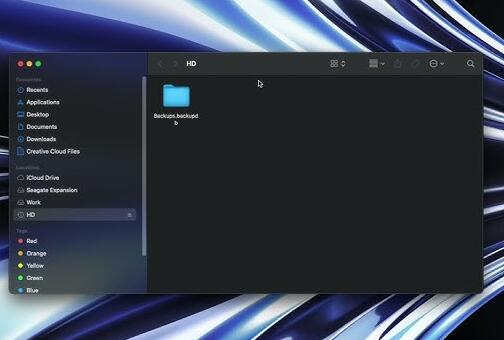Introduction Backup processes are essential for data protection and recovery. However, issues can arise when the volume format does not match the required format for a backup.
1. Understanding Volume Formats
Definition of Volume Format: A volume format refers to the file system structure used to manage data on a storage device. Common formats include FAT32. NTFS, and exFAT.
File Systems Overview: Explanation of different file systems, their advantages, and typical use cases.
2. Why Format Compatibility Matters for Backups
Backup Requirements: Different backup tools and systems have specific requirements for volume formats. Ensuring compatibility prevents errors and data loss.
Impact of Incompatibility: Issues such as failed backups, inaccessible data, or corrupted backup files.

3. Common Causes of Volume Format Issues
Formatting Mismatches: Using a backup tool that does not support the volume’s file system.
Changes in Backup Software: Updates or changes in backup software that introduce new format requirements.
Corrupted or Damaged Volumes: Physical or logical damage to the storage device affecting format recognition.
4. How to Identify Volume Format Issues
Error Messages: Examples of error messages indicating format issues.
Diagnostic Tools: Tools and methods for checking volume formats and diagnosing issues.
5. Resolving Volume Format Issues
Checking Compatibility: Ensure that the volume format is supported by the backup software or tool you are using.
Reformatting the Volume: Steps to back up existing data and reformat the volume to a compatible file system. Cautionary notes about data loss.
Updating or Changing Backup Tools: Consider switching to a backup solution that supports the current volume format or updating the existing tool.
6. Best Practices for Avoiding Format Issues
Pre-Backup Checks: Regularly check volume formats before initiating backups.
Using Compatible Software: Always use backup software that matches your volume format requirements.
Regular Maintenance: Keep storage devices and software updated to prevent compatibility issues.
7. Case Studies and Examples
Example 1: A scenario where volume format incompatibility led to backup failure and the resolution process.
Example 2: A case where reformatting solved volume format issues and improved backup reliability.
8. Conclusion
Summary: Recap of the importance of matching volume formats for successful backups and key steps for resolution.
Final Recommendations: Encouragement to regularly monitor and maintain backup systems to avoid format-related issues.
Appendices
Glossary of Terms: Definitions of technical terms used in the document.
Resources and Tools: Recommended tools for checking volume formats and performing backups.
About us and this blog
Panda Assistant is built on the latest data recovery algorithms, ensuring that no file is too damaged, too lost, or too corrupted to be recovered.
Request a free quote
We believe that data recovery shouldn’t be a daunting task. That’s why we’ve designed Panda Assistant to be as easy to use as it is powerful. With a few clicks, you can initiate a scan, preview recoverable files, and restore your data all within a matter of minutes.
Subscribe to our newsletter!
More from our blog
See all postsRecent Posts
- Accidentally deleted a folder in outlook 2025-04-29
- No recently deleted folder in notes 2025-04-29
- Corrupted folder with data won’t delete 2025-04-29

 Try lt Free
Try lt Free Recovery success rate of up to
Recovery success rate of up to









